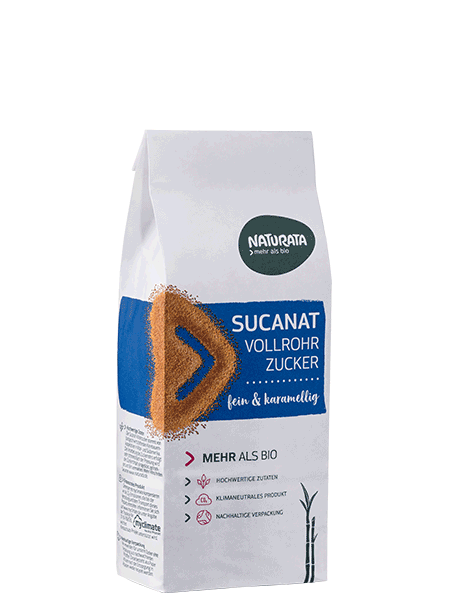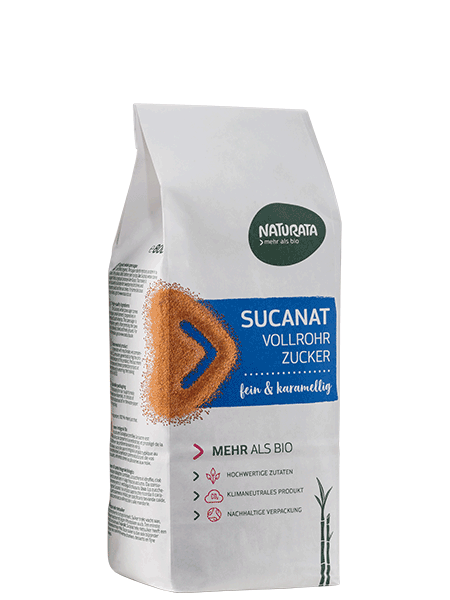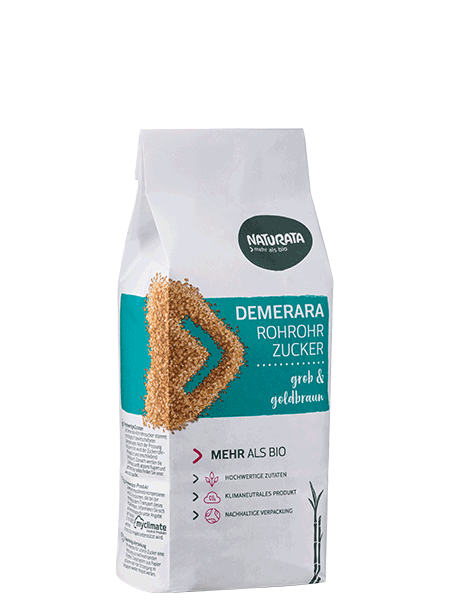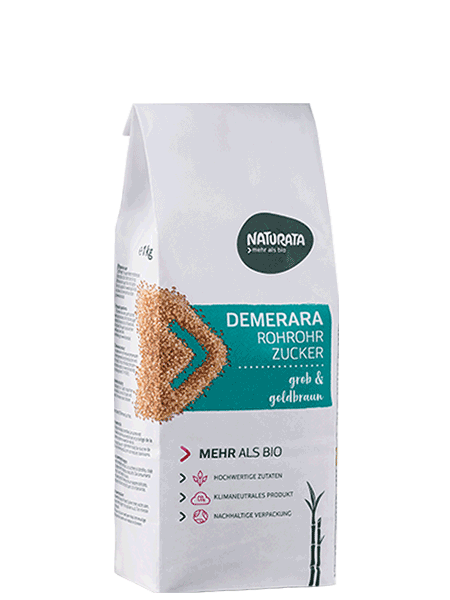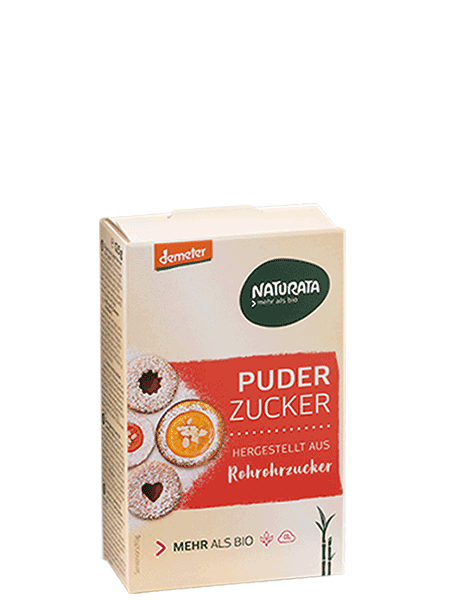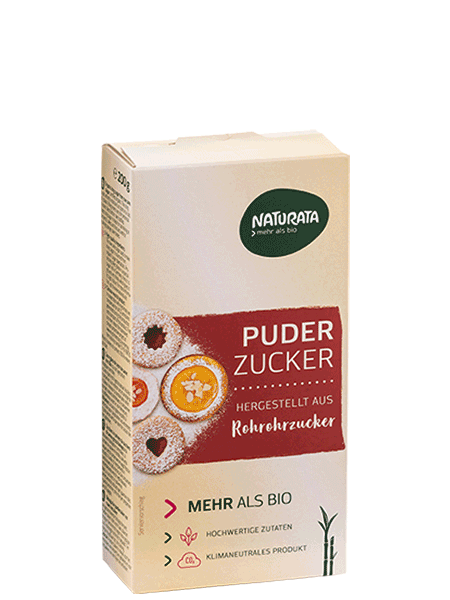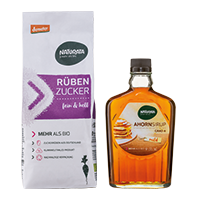
Maple Syrup Grade A, mild
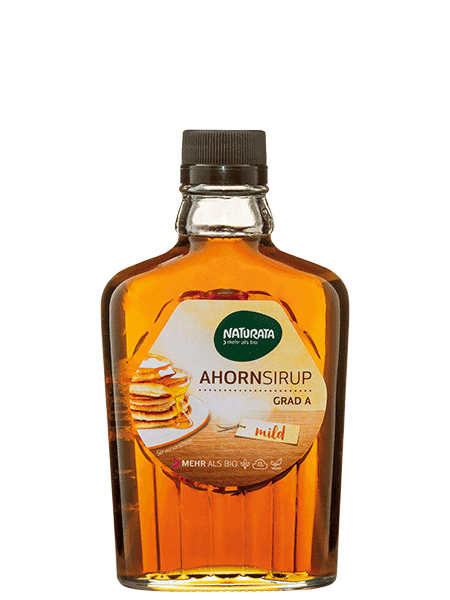
Naturata grade A maple syrup is a good alternative to sugar and is the milder, paler variant of maple syrup.
Naturata maple syrup comes from the Canadian province of Quebec, the principle cultivation area for maple syrup worldwide. Maple syrup for Naturata is sourced exclusively from farmers working according to certified organic cultivation guidelines. Correspondingly, no pesticides or synthetic fertilizers are applied nor are chemicals used in maple syrup extraction.
Features:
All CO2 emissions generated during the production and transport of this product are compensated for in cooperation with myclimate.
Ingredients
Nothing but the best: We only use organic ingredients of highest quality in our products.
- Valuable ingredients:
Maple Syrup Grade A*, mild
- Content:
- bottle, 375ml
- Packaging material:
- glass
- Storage advice:
- Keep refrigerated after opening.
- Origin of the raw material:
- Canada
- Quality:
-
- Myclimate
Myclimatebeyond organic:
- High-quality Demeter ingredients, processed naturally
- Climate-neutral product
- Without auxiliary agents or additives
- Selected origin
Average nutritional value & analysis results per 100 g:
- Energie
- 1.093 kJ / 261 kcal
-
Fat
of which saturates -
0,0 g
0,0 g -
Carbohydrates
of which sugars -
66,9 g
66,5 g - protein
- 0,0 g
- Salt
- 0,03 g
Dietary advice/Features:
-
crudités
-
vegan
-
vegetarian
Allergens:
- Egg
- Peanut
- Fish
- Gluten
- Crustaceans
- Lupines
- Milk
- Nuts
- Celery
- Mustard
- Sesame Seeds
- Soybeans
- SO2
- Molluscs
Allergy information:
- not contained
- traces possible
- contained
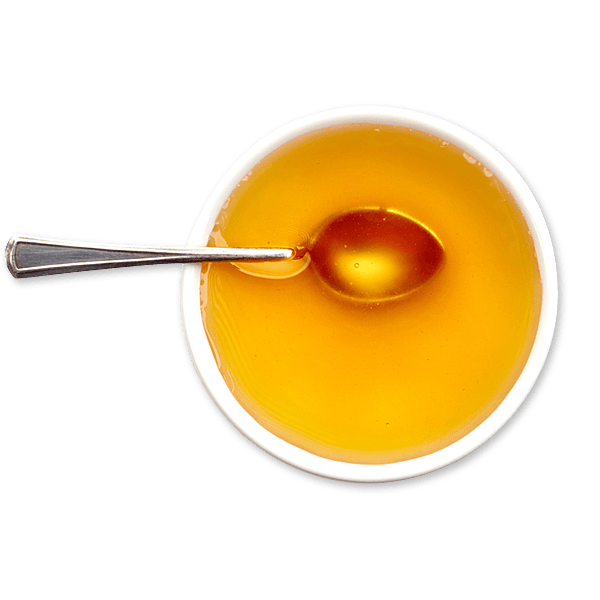
Production
Among the many varieties of maple, the sugar maple is of particular importance for maple-sap extraction. Harvesting time for maple sap is limited to the period between the end of February and mid-April. When permanent frost gives way to night-time frost, and daytime temperatures rise above 0 °C, the sugary sap of the maple tree begins to flow to provide the tree with nutrients for budding. To extract the maple sap, holes are drilled in the trunk of the tree. Depending on the diameter of the trunk and the age of the tree, up to five tap holes are drilled. Proper tapping without the use of chemicals leaves the trees undamaged, since the bark generally heals within a few weeks, and the trees can be tapped at other points every year. A spout is inserted in the drilled hole so that the sap can flow out of the trunk. In the past, the syrup was caught by small buckets hanging directly on the trees. Today, the practice of harvesting via a series of tubes directly connecting the trees has established itself. The maple sap flows via tubes directly to the "sugar house" for processing. This raw sap is fed through a multi-stage evaporation system which consists of a sequence of large stainless steel pans. In the process, the maple syrup is heated gently to a temperature of approx. 100 °C. The desired consistency and a water content of approx. 33 % is reached at this temperature. After this, the syrup is filtered and then, at a temperature of over 80 °C, poured into barrels which are immediately sealed. In the sealed container the syrup cools down further; a natural vacuum is created which serves to preserve the syrup. For microbiological reasons, the syrup is heated again to a temperature of approx. 90°C before bottling. At the start of harvesting time, the maple sap is a pale, amber colour and has a mildly sweet flavour. As the harvest progresses, the sap becomes darker and its flavour intensifies. These natural changes occurring in the sap account later for the grading of the maple syrup. An indication of the quality and taste of the maple syrup is its lightness or translucence; these depend on the time of harvesting. Grading is carried out in Canada by state inspectors with the aid of a spectrophotometer.
Tips for preparation
Maple syrup is a sweetener with a sugar content of approx. 66 %. Its high sweetening power means it can be used sparingly. Alongside sugar, the syrup contains the natural mineral content of the maple sap. The grading does not relate to the mineral content, but rather indicates the soil properties of the harvesting area (the darker grade C does not indicate, for example, a higher mineral content). Due to its high sugar content, maple syrup is not suitable for meeting the recommended daily intake of minerals! Maple syrup can be used sparingly to sweeten all kinds of dishes. Drizzled on waffles or pancakes, maple syrup is a real treat.
Other Sugar & Syrup products
Discover our wide range of products.

